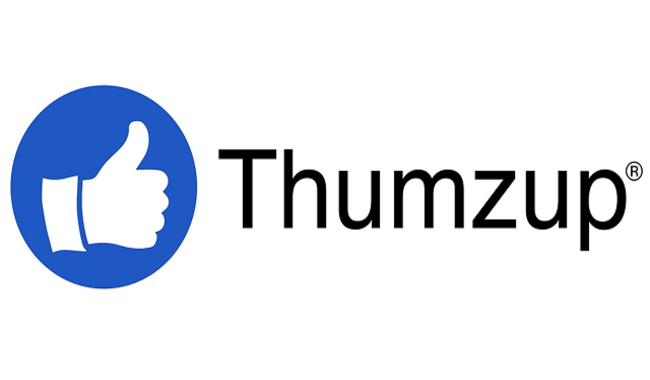The Stablecoin War: USDC vs Decentralized Alternatives
Stablecoins have quietly become the backbone of the crypto economy. They serve as the bridge between volatile digital assets and the stability of fiat currencies, making them indispensable for trading, lending, and global payments. But the stablecoin space is far from settled. Today, the market is dominated by Tether (USDT) and USD Coin (USDC). Yet a new wave of decentralized alternatives is emerging, challenging the very foundations of what stable digital money should look like. The question is no longer whether stablecoins are here to stay — it’s which model will shape the future of digital finance.
USDC: Regulation and Trust as a Strategy
USDC, issued by Circle, positions itself as a transparent, regulated, and institution-friendly stablecoin. Backed by monthly attestations and partnerships with regulated banks, USDC has gained significant traction in the U.S. and among companies that prioritise compliance.
USDC has found strong adoption in DeFi protocols and as a preferred on-ramp for institutions. Its temporary depeg during the Silicon Valley Bank collapse in 2023 raised concerns about reliance on the U.S. banking system, yet Circle’s rapid recovery reinforced its commitment to transparency.
The strategy behind USDC is clear: it seeks to be the bridge between traditional finance (TradFi) and decentralized finance (DeFi), aligning with regulators and institutional players. Its challenge is scaling globally while remaining compliant in an increasingly fragmented regulatory environment.
Decentralized Alternatives: The Crypto-Native Approach
Beyond USDT and USDC, a new generation of decentralized stablecoins is attempting to solve the centralization problem. Projects like DAI (MakerDAO), FRAX, and LUSD (Liquity) offer alternatives that are not dependent on a single entity or traditional banking system.
- DAI pioneered the model, backed by crypto collateral like ETH. However, over time, DAI itself became partially dependent on USDC, raising concerns about true decentralization.
- FRAX introduced a hybrid model, partially algorithmic and partially collateralized, showing that experimentation is still alive in stablecoin design.
- LUSD focuses on pure crypto collateral and immutable rules, offering an uncompromising approach to decentralization.
The appeal of these stablecoins lies in their resilience against censorship and banking risks, making them attractive for crypto-native users. Still, they face challenges of scale, liquidity, and sometimes complexity compared to centralized giants.
The Strategic Battle: Regulation vs Adoption vs Decentralization
The stablecoin war is more than a competition of tokens — it’s a clash of visions.
- USDT bets on ubiquity and liquidity, prioritizing accessibility over regulatory alignment.
- USDC bets on compliance and institutional trust, aligning itself with the future of regulated digital finance.
- Decentralized alternatives bet on crypto-native values, resisting central control and censorship.
The outcome may not be a single winner but a multipolar stablecoin ecosystem, where different coins serve different audiences: traders, institutions, and decentralized communities. The bigger question is how governments and central banks respond — especially as CBDCs (Central Bank Digital Currencies) loom on the horizon.
Stablecoins are no longer just tools for traders; they are becoming the core infrastructure of global crypto markets and potentially, the future of money itself. USDT continues to dominate through liquidity and accessibility, USDC builds trust through regulation and compliance, and decentralized stablecoins push forward with censorship resistance and crypto-native design.
The “Stablecoin War” will not be decided overnight. Instead, we are likely heading toward a diverse ecosystem where centralized and decentralized models coexist, shaped by regulation, user demand, and innovation. For crypto enthusiasts, builders, and investors, understanding this battle is crucial — because stablecoins are not just about stability. They’re about who controls the future of money in the digital era.
If you found this article insightful, don’t miss out on future content! Subscribe to my Medium profile and follow me for weekly updates. Every other day, I publish new articles exploring the latest trends, innovations, and insights in technology, governance, and beyond. Join me on this journey of discovery, and together, let’s explore the endless possibilities of our rapidly evolving world.
The Stablecoin War: USDC vs Decentralized Alternatives was originally published in Coinmonks on Medium, where people are continuing the conversation by highlighting and responding to this story.
محتوای پیشنهادی

Ex-IMF Economist Kenneth Rogoff Explains Why His Bitcoin Crash Call Fell Flat— Blames Everyone But Himself For Missing It, Says Anthony Pompliano

Trump Jr.-Backed Thumzup to Acquire Dogecoin Mining Company
